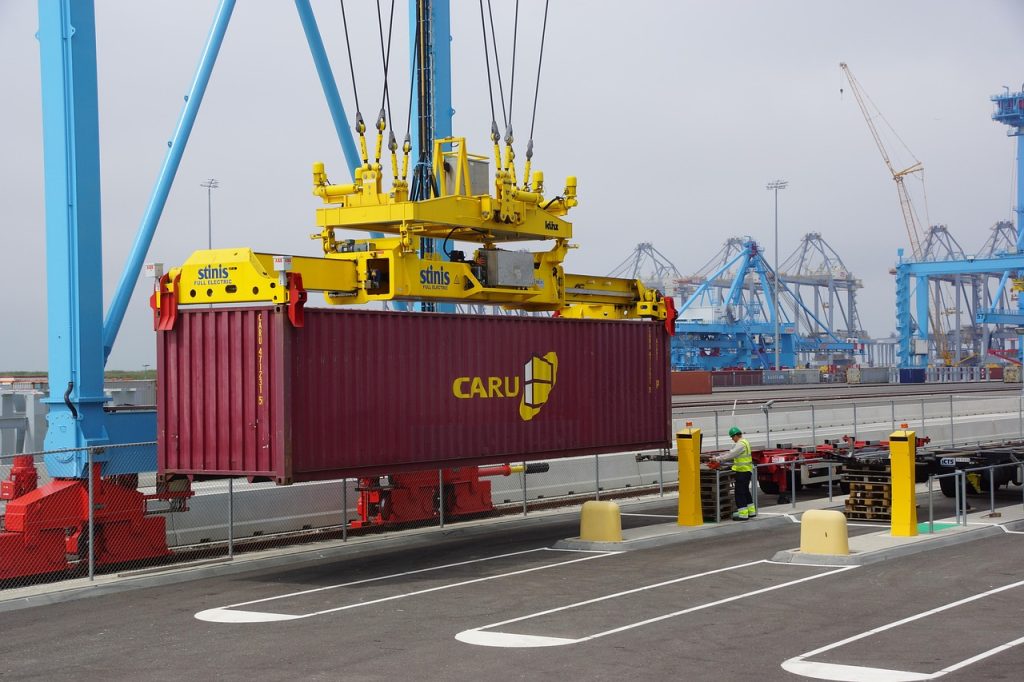A unit of the South Korean Coast Guard reported a dramatic maritime incident earlier today when they discovered a fishing boat wedged into the bow of a cargo ship off the west coast near Gunsan. While the collision caused significant damage to both vessels, fortunately, no injuries were reported among the crews of either ship. The circumstances leading to this unusual accident have raised concerns over navigational safety in the busy waters of the region.
Details of the Incident
The fishing boat, which had departed overnight from a port near Boryeong, was engaged in crab fishing. According to reports, it was manned by a crew of six. The collision occurred at approximately 5:00 a.m. local time on May 26, about seven miles southeast of one of the offshore islands in the region. The other vessel involved in the incident, a 44,000-ton cargo ship with a crew of 19, remained unnamed in the initial reports.
When the Coast Guard arrived at the scene, they found the two vessels firmly wedged together. The collision had caused the bow of the cargo ship to embed itself into the fishing boat. Despite the severity of the damage, none of the individuals aboard either vessel sustained injuries. The Coast Guard managed to separate the two ships and escort them to port for further inspection and a detailed investigation into the cause of the collision.
Investigative Findings
Initial findings from the investigation suggest that the autopilot system on the fishing boat had not been correctly activated. The Korean news agency Yonhap cited the Coast Guard as stating that the error contributed significantly to the collision. This incident marks the fourth such accident in the past six months where autopilot systems played a role in collisions near Gunsan.
Navigational Challenges in Gunsan Waters
Maritime authorities have expressed growing concern about navigational safety in the region. Gunsan and its surrounding waters are home to significant maritime activity, including cargo shipping and local fishing operations. With a high volume of cargo ships often holding offshore for extended periods, the risk of collisions increases. The Coast Guard has emphasized the need for heightened vigilance among local fishing crews navigating these busy waters.
Automation and Safety Concerns
The broader context of this incident highlights the challenges posed by the growing reliance on automation in maritime navigation. Autopilot systems, while highly beneficial for reducing human workload and improving efficiency, require precise setup and monitoring. Errors in their operation can lead to catastrophic outcomes, as evidenced by the recent string of accidents near Gunsan.
In addition to the technical issues, the Coast Guard has identified operational factors contributing to such accidents. Many fishing vessels operate in close proximity to larger commercial ships, particularly during peak fishing seasons. The inherent size and maneuverability differences between fishing boats and cargo ships amplify the risks of miscommunication or navigational errors.
Coast Guard’s Safety Measures
The Coast Guard has launched an educational campaign aimed at improving safety awareness among local fishermen. Workshops and training sessions are being organized to emphasize the importance of proper autopilot use, adherence to maritime traffic rules, and effective communication with other vessels in the vicinity. Additionally, authorities are exploring stricter regulations and more robust monitoring systems to address the recurring safety issues in the region.
Collaboration for Safer Waters
The recent collision also underscores the necessity of collaborative efforts between different sectors of the maritime industry. While fishing and shipping serve distinct purposes, their shared use of the same waters requires mutual understanding and cooperation. Initiatives to enhance information sharing, such as real-time traffic updates and coordinated navigation systems, could play a critical role in preventing future accidents.
Public and Expert Reactions
Public reactions to the incident have been mixed. On one hand, there is relief that no lives were lost in what could have been a tragic accident. On the other hand, concerns are mounting over the frequency of such incidents and the potential environmental and economic implications. Collisions at sea can result in oil spills, damage to marine ecosystems, and disruptions to shipping schedules, all of which have far-reaching consequences.
Experts in maritime safety have weighed in on the situation, pointing out the need for a comprehensive review of existing protocols. They argue that while technology has transformed the industry, it must be complemented by robust human oversight. Regular maintenance of navigational systems, thorough training for crews, and strict enforcement of safety regulations are essential to ensuring the safe coexistence of fishing and shipping activities.
Aftermath and Lessons Learned
For the fishing boat involved in the recent collision, the aftermath includes not only physical damage to the vessel but also potential legal and financial repercussions. Investigations will likely examine whether the crew adhered to safety standards and operational guidelines. Similarly, the cargo ship’s operators may face scrutiny regarding their actions leading up to the collision.
The incident serves as a stark reminder of the unpredictable nature of maritime operations. Despite advancements in technology and safety measures, the sea remains a challenging and often unforgiving environment. It highlights the importance of vigilance, preparation, and adaptability for all who navigate its waters.
Moving Forward
As the investigation into the Gunsan collision continues, it is hoped that the lessons learned will lead to meaningful improvements in maritime safety. The Coast Guard’s proactive measures and ongoing commitment to education and regulation offer a promising path forward. However, achieving lasting change will require sustained effort and collaboration across all levels of the maritime community.
In the meantime, the people of Gunsan and the broader maritime industry will be closely watching the outcome of this incident. It stands as both a cautionary tale and an opportunity to strengthen the systems and practices that ensure the safety and sustainability of life at sea.
